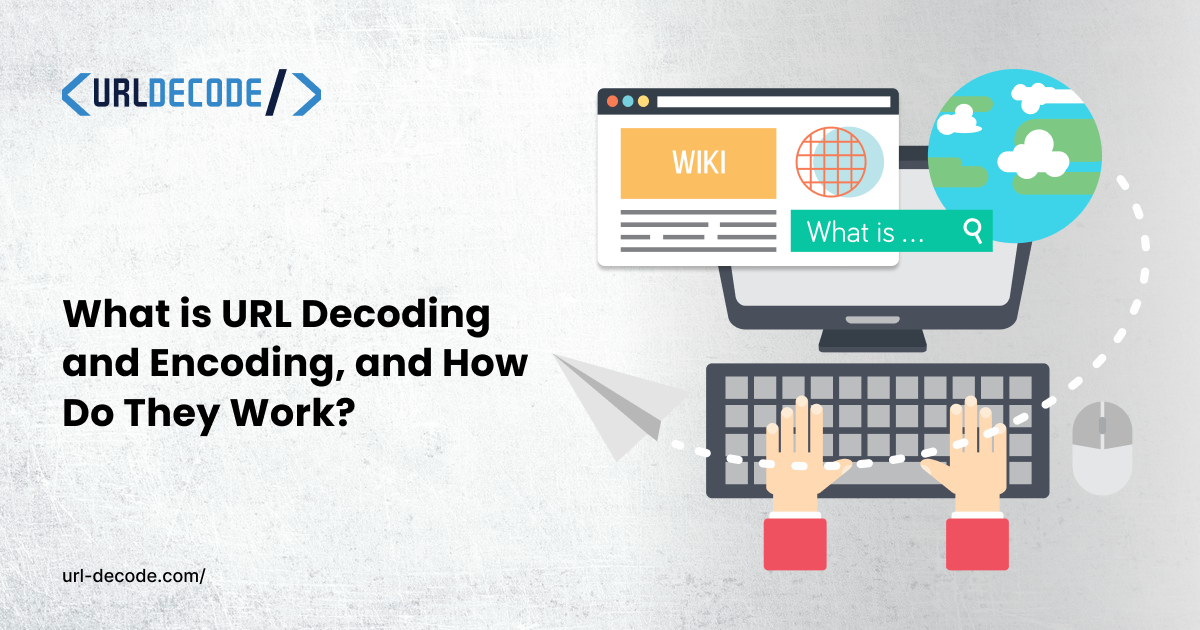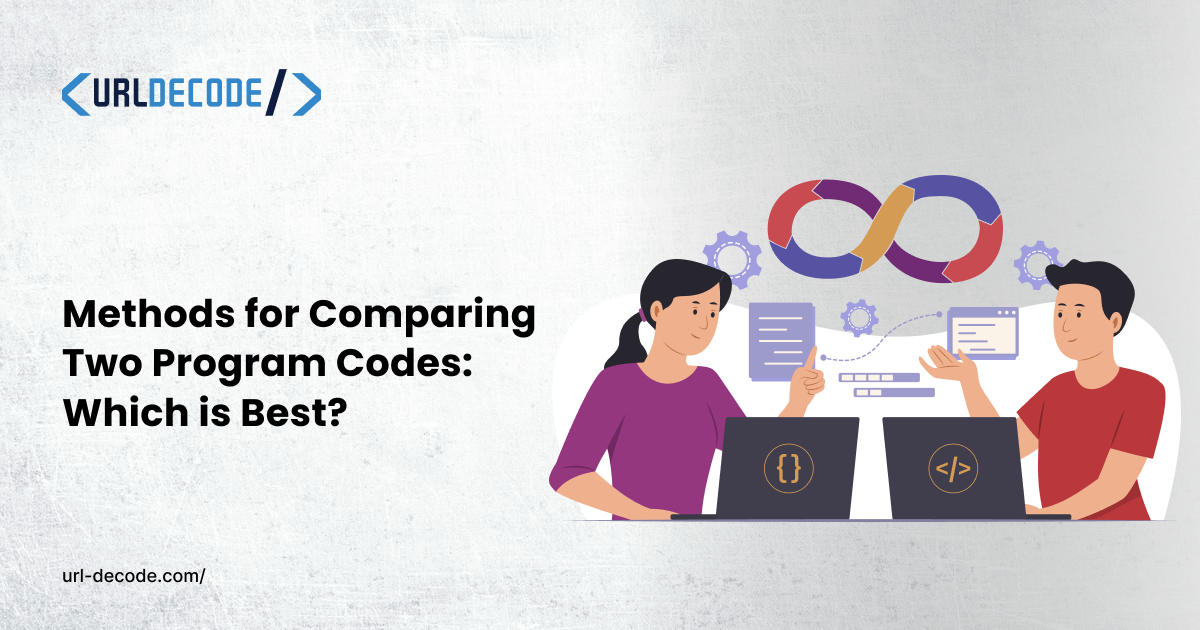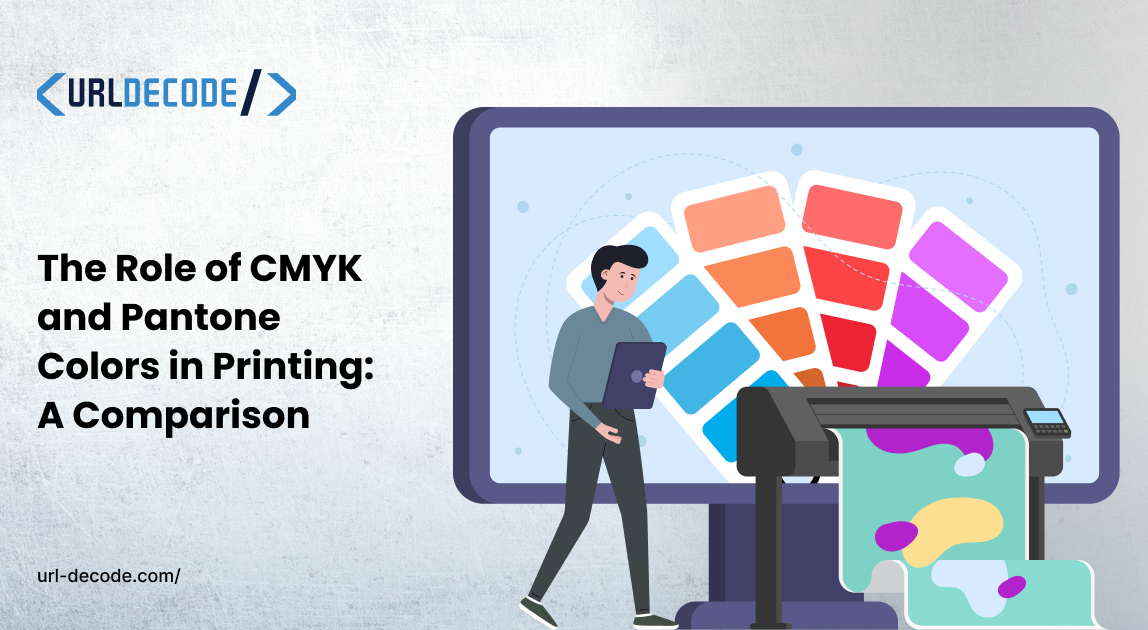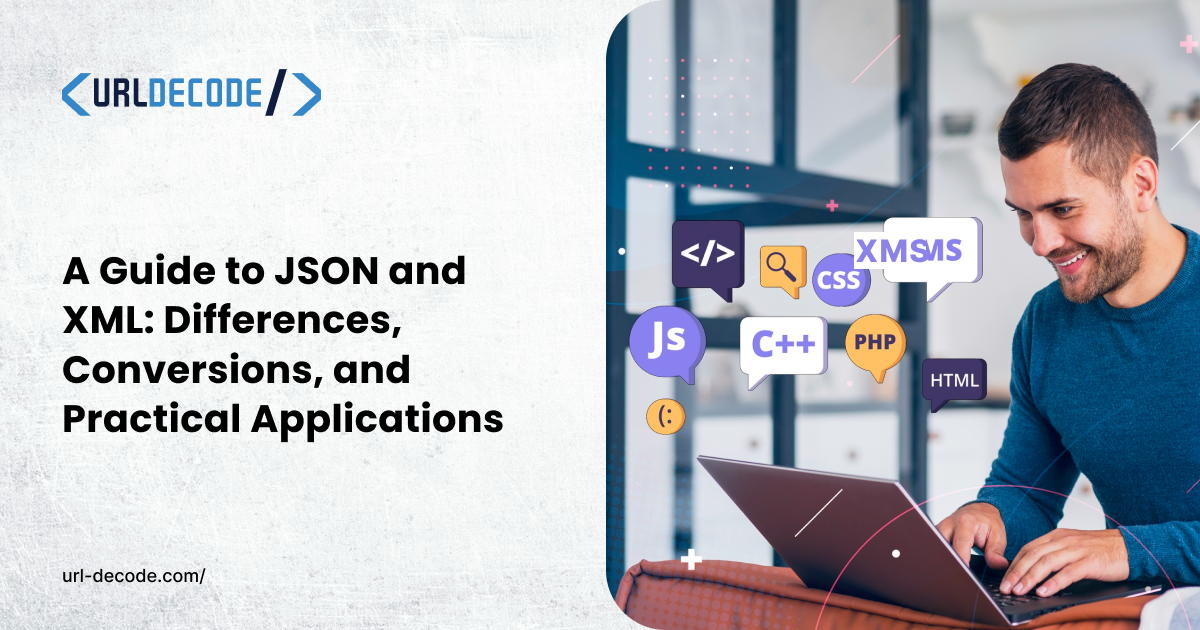How to Use SMS to Maximize Flash Sale Success?

The world of e-commerce is fast and unforgiving. To stay on top, aggressive marketing is almost a necessity. One of the best ways of doing that is to use flash sales.
A flash sale is a quick yet short sale period designed to increase sales. However, running a successful flash sale is more than just offering a discount; when and how you reach your customers is also important.
One of the best ways to communicate flash sales is through SMS. With an open rate of over 98%, SMS is more immediate and engaging than email and social media. This article will show you how to use SMS to make your flash sale successful, get higher conversions, and get the most out of this powerful marketing tool.
Why is SMS the Ultimate Tool for Flash Sales?
The Unmatched Speed of SMS for Flash Sales
Timing is everything for flash sales, and SMS is the ideal channel. SMS messages are delivered immediately, opened within minutes, and 98% read right then—unlike those annoying emails and social media notifications. It's the best way to notify customers about time-sensitive offers with the right push so customers act fast before they lose out.
High Engagement Rates than Other Channels
An average email is opened 20-30 times at best, while at the same 98% of people read text messages they received, and many of them within minutes. This makes SMS a very useful resource for your flash sale marketing.
Due to the immediacy of the sms, it is ideal for sending time-sensitive offers. Since the response is instant, the likelihood of the customer clicking through and completing the purchase transaction is much greater. Given these impressive engagement figures, businesses can confidently use SMS as their main marketing tool during flash sales.
Real-Time Impact of SMS on Flash Sale Conversions
Let’s be clear: the role of SMS isn’t just about creating awareness but selling, too. Since the moment is communicated clearly to the customer with a call to action when the goods on flash sale are available, SMS marketing provides a direct method of increasing sales.
Also, at a specific time, conveying SMS messaging to the targeted audience overwhelmingly impacts flash sale event management. It works towards improved conversion rates when paired with specific offers, creating an illusion of scarcity.
For instance, can we use limited-time option activities, such as limited-time offers? Voice can bring about speedy changes in customers' minds with the persuasion of using other marketing methods.
How to Craft Compelling SMS Messages for Flash Sales
Write Short, Actionable, and Engaging Messages
Because users are people who live in a fast-moving society, this content, too, should not be complicated for reading or comprehension. However, your message should be less than 160 characters to ensure people can receive it on mobile phones. Be as simple as possible and stick to one thing the user needs to do or the one thing you want the user to do."
For example:
“HURRY, Flash sale today, buy any shoe at half price. Shop now: [link]."
This SMS is short and full of clear calls to action, and there is also a clear message of urgency with regard to the flash sale.
Personalization: Tailoring Messages to Your Audience
In Personalization, the messages are often sent to subscribers based on their preferences for better results.
Applying the customer database, for example, previous orders or products they have viewed, would allow the development of the advertising SMS that would look more genuine on the customer’s side.
For example, if you know a customer has purchased a specific type of product before, send them a personalized message such as:
Hello [Name], we are having your favorite shoes on sale! Get 20% off in the next two hours.” Shop now: [link]."
Personalization helps build a better relationship with customers by making the message more likely to be received and acted upon by the customer.
Creating Urgency in Flash Sale SMS Messages
There is a high urgency level associated with a Single Day Sale. The louder the signal that the message is important to the customer, the faster they will respond. Words and phrases such as “Sale Ends Soon,” “More than 50% off,” or “Only 5 Pieces in Stock” encourage the customers to buy the product before the sale or the stock runs out.
Another possibility is adding a countdown timer or saying how much time is left on the current sale. Urgency is a great weapon for raising conversion levels during flash sales.
Best Timing Strategies for Sending SMS During Flash Sales
When to Send an SMS for Maximum Flash Sale Impact
A good flash sale relies on timing. Sending SMS messages at inconvenient hours will do nothing for your campaign. That’s why sending messages at the golden hour is vital to trigger the best response.
For instance, the best time to send messages is during the morning before going to work, during lunchtime, or in the evening. People are relaxed and have time to look at the messages at these hours. So, your campaign will result in engagement.
Frequency: When should you engage in an SMS during a flash sale?
As with all things in marketing, timing is a significant factor; however, frequency also has its importance. Insights highlight that the more frequently the messages are sent, the more likely the customers will opt out of receiving the messages. A good rule of thumb is to send:
- One presale reminder at least one to two days before the beginning of the sale.
- One flash sale announcement: At the start of the sale.
- One or two reminders during the sale: Halfway through to increase interaction.
- One last-chance SMS: Sometimes, it is not less than a few hours until the end of the sale.
If your flash sale is spread out over a few days, you can keep engaging your audience without abusing them with constant messages.
How to Integrate SMS with Your Flash Sale Marketing Strategy?
Integrating SMS with Other Marketing Platforms
Combining flash sale campaigns with other best Ecommerce tools, such as email, social media, Wi-Fi marketing, and web ads/banners, is advisable to optimize flash sale campaigns. SMS can be a useful means of supporting other kinds of communications and can serve as a multi-touchpoint.
For instance, while detailed sale information can easily be passed through emails, SMS can act as a reminder that creates awareness of the flash sale. Using these two strategies together guarantees that your flash sale campaign is consistent in the message it delivers to the market and taps into the target market in the best ways possible.
Using SMS to Drive Traffic to Your Website or App
SMS is particularly good at referring traffic to your website or app. By providing customers with a link directing them to the sales page, you can drive more traffic to your website.
For example:
"Only 3 hours left! Shoes on sale today are only 50% off. Shop now: [link]."
Providing a clickable link to the product or sale page makes the conversion process easy, leading to more conversions.
Post-Sale Follow-Up Using SMS
And finally, do not neglect the follow-up after the sale is over. Send a “thank you” message to customers of products bought, confirm orders, and update delivery of the products. This improves customer satisfaction and helps you remind your customers where they can get the product next time they need it.
Example post-sale message:
"Thank you for your purchase! Your order will take 3-5 business days to be delivered. Track your order here: [link]"
The subsequent SMS messages can develop customer loyalty and encourage customers to return for their second and third times.
How to Measure the Success of Your SMS Flash Sale Campaigns?
Key Metrics to Track for SMS Flash Sales
To determine the effectiveness of your SMS flash sale campaigns, track these key metrics:
- Open Rate: Number of recipients who opened your sms as a percentage of the total number of your subscribers.
- Click-Through Rate (CTR): The number of individuals who clicked the link in the SMS.
- Conversion Rate: The total number of products bought through the campaign that was conducted through the Short Message Service.
- Return on Investment (ROI): The total amount of business achieved should be evaluated against the total dollar spent on the campaign.
These are some of the metrics that will aid you in determining the effectiveness of your SMS messaging campaign in future flash sales.
Using A/B Testing to Optimize SMS Flash Sale Campaigns
With A/B testing, it is possible to understand which SMS strategy is more effective. Experiment with different variations of your message (for instance, the CTA you use, when you send it, or when you apply urgency). In the long run, this will enable you to manage your SMS messaging campaigns for maximum effectiveness.
Conclusion:
In conclusion, text marketing is one of the key drivers in enhancing flash sales. The audience interacts with posts daily, which makes it easier to steer activity toward a specific sale during time-sensitive events. By constructing compelling SMS messages, timing them appropriately, and including cooperation with other marketing tools, flash sales can be created with a spectacular appeal matched by their potential for transforming leads into clients.
Begin using SMS in your next flash sale campaign, and you will see an enormous performance gain you have never seen before!
FAQs
What Are the Benefits of SMS Over Email for Flash Sales?
SMS can reach its intended followers quickly and with a higher open rate than any email communication. It’s particularly effective in a flash sale because timely messaging is critical in influencing the purchase decision.
How Can I Ensure My SMS Flash Sale Messages Don’t Get Marked as Spam?
You can reduce the chances of your messages being marked as spam by following regulations, such as GDPR and TCPA, and include an unsubscribe link for customers who do not want to receive any messages from your business.
How Can I Use SMS to Boost Flash Sale Conversions for New Products?
Sending promotional messages to customers and communicating about new products during flash sales are always effective. Lastly, ensure that you make it seem like the new product is a one-time offer, with little time left.




